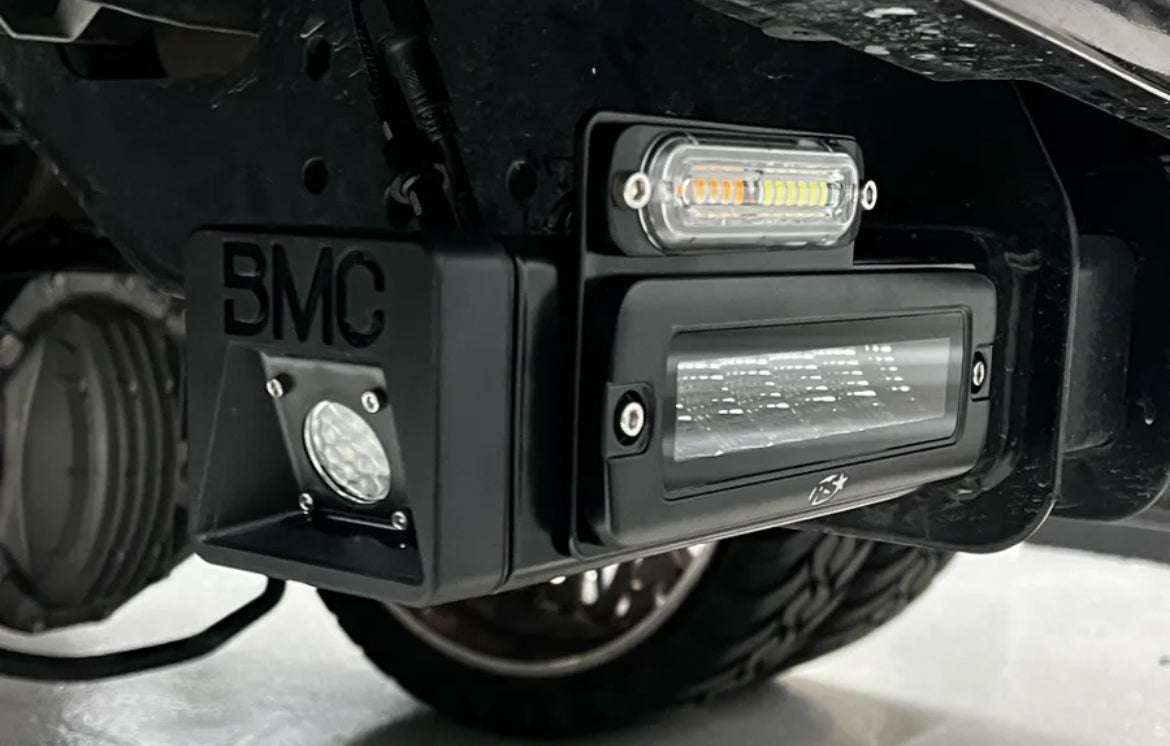Motorcycle engines are marvels of engineering, designed to deliver an exhilarating combination of power and efficiency. Whether you’re cruising down an open highway or zipping through a tight corner, the smoothness of your ride depends on how well the engine manages fuel, air, and energy. Motorcycle engine efficiency is a multifaceted concept, influenced by everything from the engine’s design to its fuel delivery systems. Understanding the science behind engine performance is key to unlocking the full potential of a motorcycle, ensuring that every drop of fuel contributes to both power and longevity.
The Basics of Engine Efficiency
At the heart of motorcycle engine efficiency is the goal to maximize the energy extracted from each unit of fuel. In simple terms, engine efficiency is a measure of how well an engine converts the energy stored in fuel into useful mechanical work. The more efficiently the engine burns fuel, the more power it produces for each cycle, resulting in improved performance and reduced fuel consumption.
Several factors influence this process. The engine’s design—such as its displacement, compression ratio, and combustion chamber shape—plays a pivotal role. The goal is to burn fuel as completely as possible to minimize waste and maximize power. This concept goes beyond the raw power of the engine; it’s about creating an engine that performs smoothly while maintaining a balance between fuel usage and output.
The Role of Fuel-Air Mixture
One of the most crucial aspects of optimizing motorcycle power is managing the air-fuel mixture. The ratio of air to fuel determines the efficiency of combustion. If the mixture is too rich (too much fuel), the engine will waste fuel, producing less power while emitting more pollution. Conversely, if the mixture is too lean (too little fuel), the engine will struggle to produce power, leading to inefficient operation and potential engine damage.
Modern motorcycles use sophisticated fuel injection systems to precisely measure and deliver the correct air-fuel mixture to the engine. This advanced technology adjusts the fuel supply based on factors such as engine temperature, throttle position, and altitude. Engine technology insights tell us that precise fuel delivery allows for more efficient combustion, reducing fuel consumption while optimizing power output.
Compression: The Key to Efficiency
Another important element in motorcycle engine efficiency is compression. The compression ratio refers to the degree to which the engine compresses the air-fuel mixture before ignition. Higher compression ratios generally lead to better fuel efficiency and more power, as the engine is able to extract more energy from the same volume of fuel.
High-performance motorcycles often feature high compression ratios, allowing them to produce more power without increasing fuel consumption. However, there’s a fine balance. Too high a compression ratio can lead to engine knock, a condition where fuel ignites prematurely, potentially damaging the engine. This is where advanced engine control systems come into play, adjusting timing and other parameters to ensure optimal performance.
Combustion Efficiency and Engine Design
The science behind engine performance is further enhanced by the design of the combustion chamber. A well-designed chamber promotes even fuel distribution, which ensures that the entire air-fuel mixture ignites uniformly. This uniform combustion maximizes energy output, minimizing wasted fuel. Motorcycles with multi-valve engines tend to have more efficient combustion chambers, as the additional valves allow for better airflow, improving both fuel efficiency and engine performance.
The material used in the construction of the engine also plays a critical role in combustion efficiency. Lightweight materials such as aluminum and titanium are commonly used to reduce engine weight, allowing for better heat dissipation and reduced friction. Less friction means the engine can work more efficiently, converting more fuel into power rather than losing it to unnecessary resistance.
Advanced Technology for Optimized Performance
Innovations in engine technology insights have significantly impacted motorcycle engine efficiency. Technologies such as Variable Valve Timing (VVT) and Turbocharging allow motorcycles to optimize performance across a wider range of conditions. VVT systems adjust the timing of the engine’s valves to improve fuel efficiency and power at both low and high RPMs. This allows the engine to perform optimally in various riding scenarios, from low-speed city commuting to high-speed highway cruising.
Turbocharging is another technique that enhances engine performance. By forcing more air into the engine, a turbocharger increases the amount of oxygen available for combustion. This allows the engine to burn more fuel, producing more power without significantly increasing the size of the engine. While not as common in motorcycles as in cars, turbocharged engines are becoming more popular in high-performance motorcycles due to their ability to deliver more power with greater efficiency.
The Impact of Aerodynamics on Efficiency
The physical design of the motorcycle itself plays an important role in motorcycle engine efficiency. Aerodynamics is crucial when it comes to reducing drag and improving fuel economy. Motorcycles designed with sleek, wind-resistant profiles experience less air resistance, allowing the engine to work more efficiently. By reducing drag, the engine doesn’t have to work as hard to maintain speed, thus conserving fuel and improving performance.
Riders can also improve the efficiency of their motorcycles through accessories like windshields and fairings. These additions can help streamline airflow around the bike, further reducing drag and improving overall fuel efficiency. While these adjustments don’t directly impact the engine, they complement the engine’s performance by reducing the effort required to maintain speed.
Maintaining Efficiency Over Time
Finally, maintaining motorcycle engine efficiency requires regular maintenance. Keeping the engine in top shape ensures that the fuel system, valves, and exhaust are functioning properly, which optimizes fuel consumption and prevents unnecessary wear and tear. Regular oil changes, air filter replacements, and spark plug checks can all have a significant impact on engine efficiency.
The use of high-quality fuels and lubricants can also contribute to better efficiency, as they reduce friction and help the engine operate at its best. Regular maintenance ensures that the engine continues to perform optimally, helping riders get the most out of their fuel and improving the overall riding experience.
Conclusion
The science behind engine performance involves a delicate balance of fuel delivery, combustion efficiency, compression, and technology. Every component of the engine works together to ensure that power is maximized while fuel consumption is minimized. By understanding the mechanics behind motorcycle engine efficiency, riders can better appreciate the performance of their bikes and make informed decisions about how to maintain and optimize their engines for the best possible experience on the road. Whether you’re a casual rider or a performance enthusiast, the key to optimizing motorcycle power lies in understanding these fundamental principles of engine efficiency.



More Stories
Unlocking the Secrets of Motorcycle Engine Torque
Motorcycle Engine Mods to Boost Your Ride
Why Engine Size Matters in Motorcycle Performance